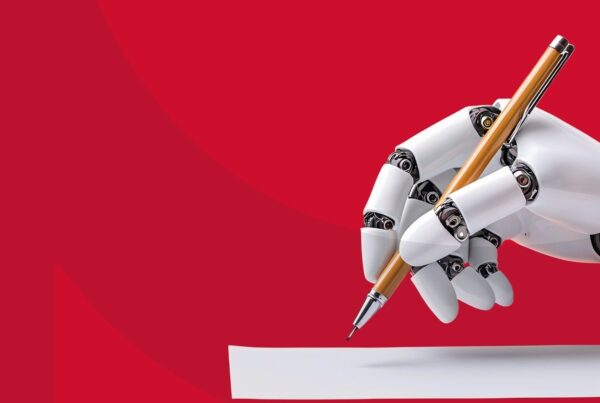By Noemi Pollack
You do not want to be Chase Bank these days.
It has just suffered a public humiliation by a single customer whose several requests for negotiating overdraft fees went unanswered by Chase and who, despairing at the lack of response, resorted to waging a YouTube war against Chase’s customer service — or better yet, lack thereof. In a YouTube video (watch below) Chase was called – evil.
It’s the classic tale of David winning over Goliath, a real vindication for all of us who have, at some point, been rendered completely helpless in trying to solve a need or problem whether banking, retail, warranty or other, via an 800 number, that then asks us to punch in number after number only to get more and more recorded messages that finally leads us to a “thank you for calling, goodbye,” message, without ever solving the problem in the first place. Or, if lucky, you can leave a message for a supervisor knowing full well that chances of a return call are about the same as becoming famous overnight.
Chase can take an example from companies on the edge of consumer trends that have begun to equate social media with customer service. Those companies ‘get’ that today’s customers view social media as a communication tool for dealing directly with a company’s customer service and have created a platform for dealing with each, in real time.
But it’s not only about Chase. Southwest got hit recently when film director Kevin Smith tweeted that the airline kicked him off a plane because he was too fat, a photo of which subsequently landed in the mainstream print and broadcast media. Happily for Southwest, its blog, Nuts for Southwest, addressed the news story giving it a social media bullhorn in which to respond. But the company did have to publicly apologize.
Clearly, a well-oiled company’s social media effort like Ford’s, does not wait for ignored customers to vent, offering a platform for interaction where the customer can get heard. In other words, they have “invested” in online conversations with their customers. Ford also understands that social media is threading its way through not only marketing and sales, but also through research and development and, most importantly in this case, customer service departments.
And then there is Comcast that “invested” in online live chats with a Comcast service representative allowing for an open forum, as well as its online community forum, where customers can get answers from fellow Comcast customers and moderators.
Another company that understands this is Best Buy. In my blog of July 8, 2009 titled, “Sales, Service And Twitter, An Ideal Threesome” I wrote about Best Buy’s Twelpforce, which was launched on July 19, 2009 with a 500 person sales team that was to engage with consumers by Twittering away, entering into 140-character conversations with those who are both consumed with consumer electronics as well as those who needed answers to product uses or other questions. Best Buy had basically made a “pay forward” move, which now, eight months later, has the service humming away with happy customers.
The Chase video is yet another example of how social media has put the power to undo companies’ reputations in the hands of customers. Not bothering about customer care today is akin to loosing loyal customers tomorrow. It takes people to react to people…
Recorded messages and 800 numbers are so yesterday.
For more agency insights, visit our WellRed archives





